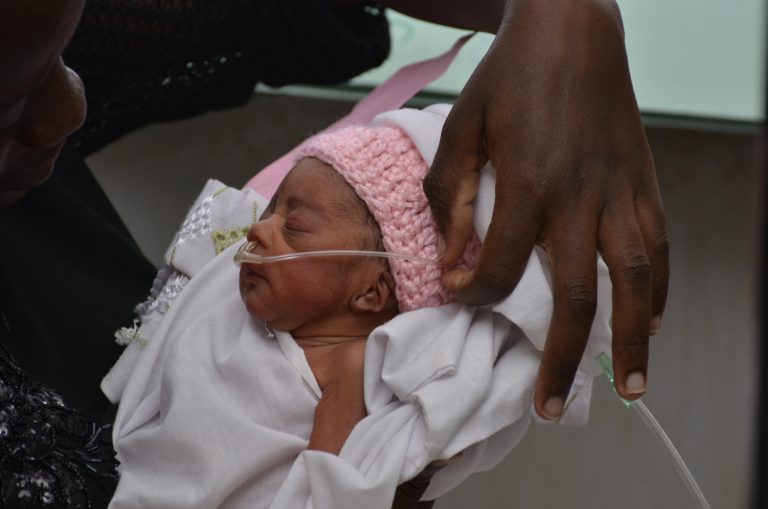
Globally Uganda ranks the 28th country in preterm birth, with 226,000 babies born too soon each year and 12,500 children under five die due to direct preterm complications.
Newborns are perhaps the most vulnerable population the world over. Preterm or babies born too early, less than 37 weeks gestation are particularly at risk.
At present, prematurity is the leading cause of death among children under five around the world, and a leading cause of disability and ill health later in life.
According to the World Health Organization, Sub-Saharan Africa and South Asia account for over 60 percent of preterm births worldwide. Of the fifteen million babies born too early each year.
More than one million babies die due to complications related to preterm birth. Low birth weight (newborns weighing less than 2,500 grams at birth), due to prematurity and/or restricted growth in utero, is also a major contributor to newborn and child deaths, as well as disability and non-communicable diseases globally.
This ongoing trend in neonatal deaths globally, shows we have a long way to go to reverse this. As noted by Dr. Margaret Nakakeeto, the Chairperson of the Uganda Health Ministry’s Newborn Steering Committee.
This was during a webinar organized by the National Safe Motherhood Expert Committee and Mulago Specialized Women and Neonatal Hospital in collaboration with partners which was in commemoration of the World Prematurity Day, which falls on November 17.
The panelists in the webinar included; Dr. Deo Migadde, Dr. Margaret Nakakeeto, Dr. Flavia Namiiro, Prof. Peter Waiswa, Ms. Tracy Ahumuza, Prof. Romano Byaruhanga, and Dr. Jesca Nsungwa.
Their discussion ranged from the current status of preterm care, preparing the health system for preterm care, and the training deployment of health workers in neonatal care.
According to Dr Nakakeeto, many mothers in Uganda do not know or have enough information about pregnancy and child birth related service delivery.
“Mothers are left with no option but to attend the nearest health facility regardless of whether the services they require are available or not, if something is missing in the package a mother doesn’t know what to demand and this stretches up to the elites” Dr Nakakeeto pointed out.
It emerged during the webinar that if mothers had enough knowledge on what to expect through the process of antenatal care, delivery, and postnatal care, they would look for the right health facilities regardless of where they are, but this shows that mothers are living at the mercy of poor health services which is putting lives of mothers and their babies at risk.
Many newborn deaths can be preventable with appropriate knowledge and practices at the family and community levels, and with appropriate care-seeking when danger signs are recognized.
However, according to a Situation Analysis of Newborn Health in Uganda, 2008, Life-saving practices are not always followed due to poverty, cultural beliefs, lack of household food security, and poor access to health care.
Professor Peter Waiswa of Makerere University School of Public Health highlighted the cultural and traditional harmful care practices for preterm such as charcoal stoves and cans of hot water used for warmth. While at home, women are loaded with multiple domestic chores and thus can’t give attention to their babies.
“There is reduced financial productivity as there is lost income for both parents in taking care of their children,” he added.
Prof. Waiswa also pointed out the lack of community follow-up after discharge, sick babies at home are faced with challenges of access to care: physical, financial, and perceived care are some of the causes of premature deaths.
Mothers in the country don’t even know what to expect during antenatal care, delivery, and prenatal care.
The Commissioner Department of Reproductive and Child Health at Uganda’s Health Ministry Dr. Jesca Nsungwa emphasized the need for quality of care measures, coverage, and required investments for effective care at birth because skilled workers are the key to the change needed.
Dr. Flavia Namiiro noted: “Care for the preterm is more than the facility and home as there is more work taking place in the community.” The establishment of a community follow-up program supported by health workers and Village Health Teams is needed.
In Uganda, the Karamoja region has the highest proportion of newborns with Low Birth Weight, a Ministry of Health report indicated.
By Elizabeth Namara & Judith Grace Amoit
